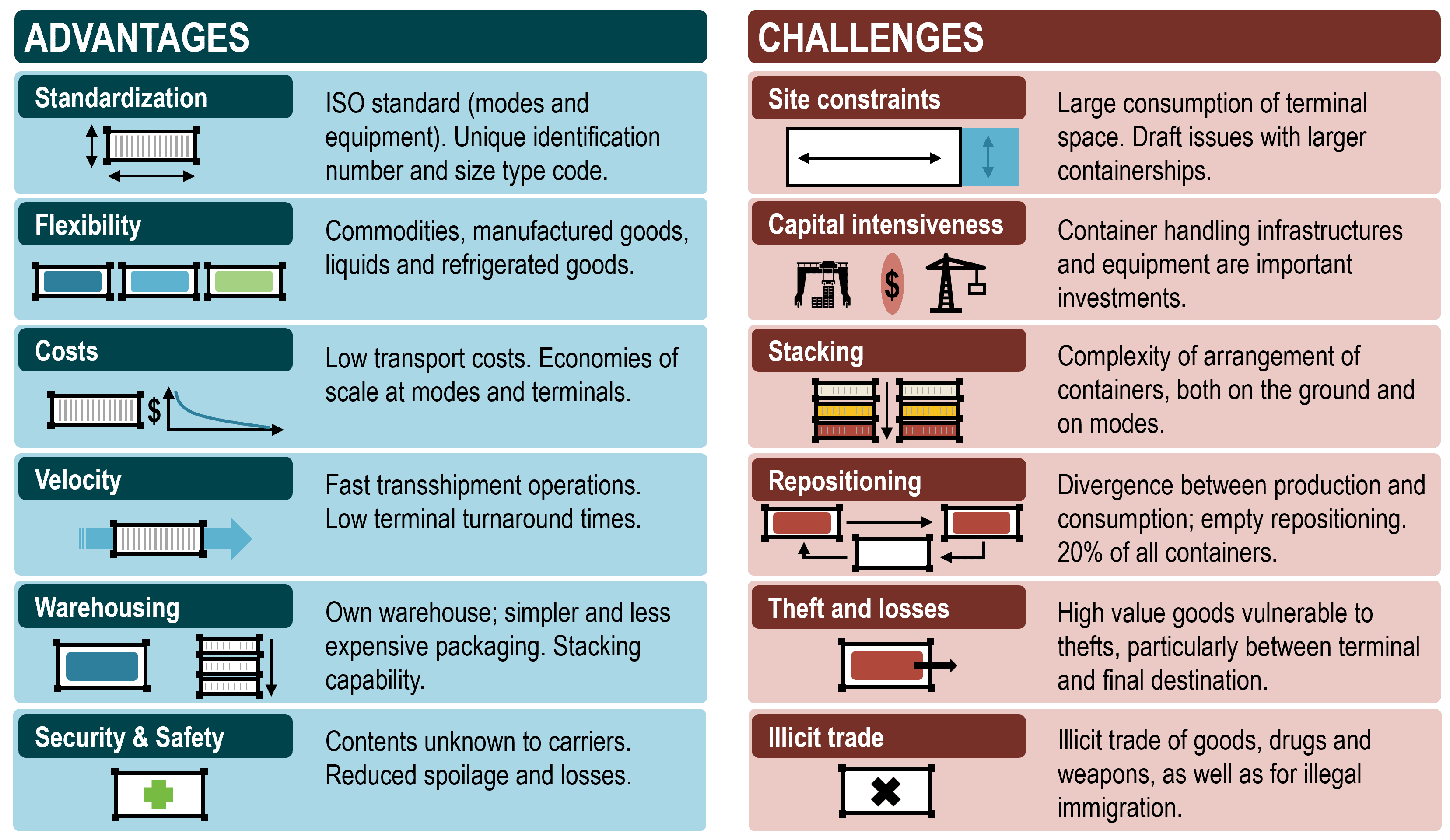Container Transport in Australia: Connecting the Land Down Under
Container transport is the backbone of global trade and plays a crucial role in Australia's economy. Whether you're a business owner looking to move goods or an individual curious about the logistics of container transport, this comprehensive guide will provide insights into the world of container transport in Australia. We'll explore the key aspects, challenges, and benefits of this industry, shedding light on how it keeps the Land Down Under connected to the rest of the world.
The Basics of Container Transport
Container transport is the movement of goods in standardized containers from one location to another. These containers, commonly known as shipping containers, come in various sizes and are designed to be easily transferable between different modes of transportation, including ships, trucks, and trains.
In Australia, container transport is vital for the import and export of goods. The most commonly used container sizes in the country are the 20-foot and 40-foot containers. These standardized containers simplify the loading and unloading processes and make it possible to efficiently transport goods over long distances.
The Key Players in Container Transport
Container transport in Australia involves a network of key players who work together to ensure the smooth flow of goods:
Shipping Lines: International shipping lines operate vessels that carry containers to and from Australian ports.
Ports: Australian ports play a crucial role in receiving, handling, and loading/unloading containers.
Freight Forwarders: These companies arrange the transport of goods on behalf of shippers, coordinating the entire logistics process.
Transport Companies: Trucking and rail transport companies are responsible for moving containers within Australia.
Customs and Regulatory Bodies: Government agencies oversee customs clearance, compliance with import/export regulations, and safety standards.
The Challenges of Container Transport in Australia
While container transport is essential for trade, it also presents several challenges:
Distance: Australia's vast size requires goods to be transported over long distances, often resulting in higher transportation costs.
Infrastructure: Maintaining and upgrading transport infrastructure, including roads, railways, and ports, is critical to the efficiency of container transport.
Weather Conditions: Extreme weather events, such as cyclones and floods, can disrupt the transport network and delay deliveries.
Regulations: Adhering to various regulations, both domestic and international, can be complex and time-consuming.
Environmental Impact: Reducing the carbon footprint of container transport is a growing concern in Australia, leading to innovations in sustainable transportation.
Benefits of Container Transport
Despite the challenges, container transport offers numerous benefits:
Efficiency: Standardized containers streamline the loading and unloading process, reducing handling time and costs.
Global Connectivity: Australia's container transport network connects the country to global markets, supporting both imports and exports.
Economic Growth: The industry contributes significantly to Australia's economy, providing jobs and generating revenue.
Reliability: Container transport is known for its reliability in delivering goods on time.
Versatility: It accommodates a wide range of cargo types, from perishable goods to manufactured products.
Modes of Container Transport
Container transport in Australia primarily utilizes the following modes:
Shipping: The majority of international trade relies on container ships, which transport goods to and from Australian ports.
Road Transport: Trucks are responsible for moving containers within the country, making the "last mile" delivery to their destination.
Rail Transport: Freight trains play a vital role in the transportation of containers over longer distances, especially between cities.
Intermodal Transport: A combination of road, rail, and sea transport is often used to maximize efficiency and reduce costs.
The Future of Container Transport in Australia
The container transport industry in Australia is constantly evolving. As technology advances and environmental concerns grow, the future of the industry is likely to see:
Automation: The introduction of autonomous vehicles and automated container handling equipment to increase efficiency and reduce labor costs.
Sustainability: A shift toward eco-friendly transport options, including electric and hybrid vehicles, as well as increased use of rail transport.
Digitalization: The implementation of digital technologies to improve tracking, reduce delays, and enhance transparency in the supply chain.
Infrastructure Investment: Continued investment in infrastructure to accommodate the growing demand for container transport.
Conclusion
Container transport is the lifeblood of Australia's international trade, connecting the country to the global economy. While it comes with challenges, such as distance and regulation, the benefits it offers in terms of efficiency, economic growth, and reliability make it an essential part of Australia's logistics network.
As the industry continues to evolve and adapt to changing technologies and environmental concerns, it will play an even more critical role in the country's future. Whether you're a business owner looking to transport goods or simply curious about the logistics of container transport, understanding its role and importance is essential in the modern Australian economy. Container transport ensures that the Land Down Under remains connected to the rest of the world, facilitating the flow of goods and sustaining economic growth.



Comments
Post a Comment